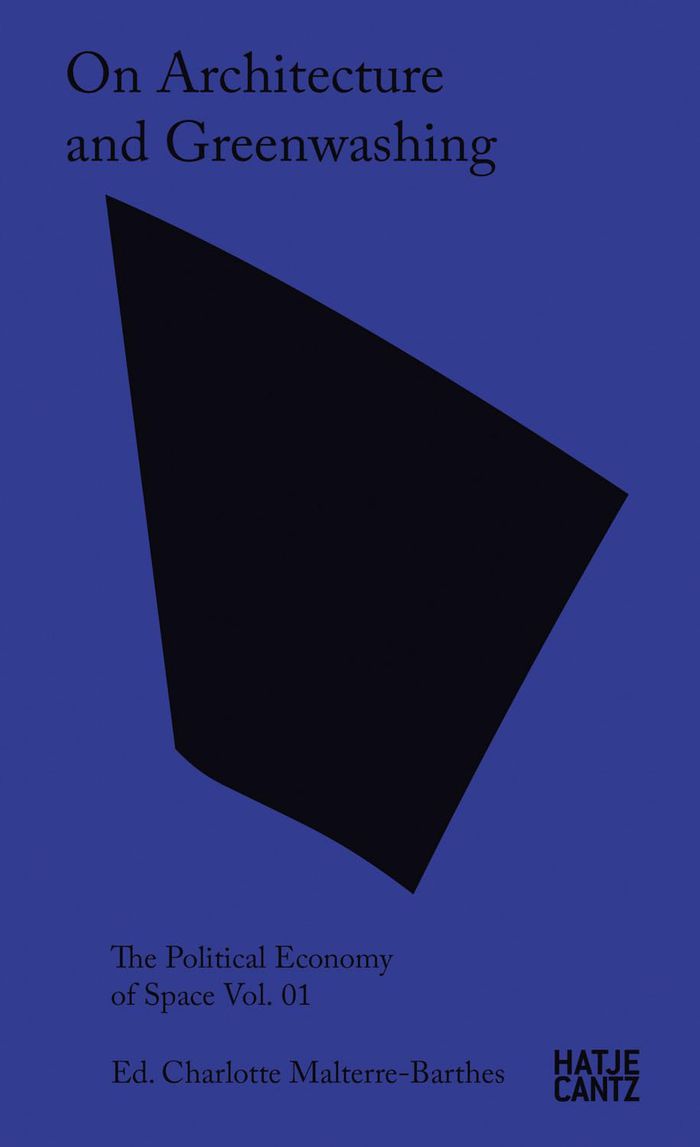$48.95
(disponible sur commande)
Résumé:
Les villes confrontées à l'immigration ont-elles un autre avenir possible que celui, sans issue, d'une ségrégation spatiale chaque jour plus sévère? N'y a-t-il pas d'autre voie pour les métropoles européennes que la dérive vers le modèle américain des « gated communities » et des ghettos ethniques, véritable bombe sociale à retardement? Militant en faveur d'une urbanité(...)
Théorie de l’urbanisme
novembre 2022
Immigration et ségrégation spatiale : L'exemple de Marseille
Actions:
Prix:
$48.95
(disponible sur commande)
Résumé:
Les villes confrontées à l'immigration ont-elles un autre avenir possible que celui, sans issue, d'une ségrégation spatiale chaque jour plus sévère? N'y a-t-il pas d'autre voie pour les métropoles européennes que la dérive vers le modèle américain des « gated communities » et des ghettos ethniques, véritable bombe sociale à retardement? Militant en faveur d'une urbanité plus inclusive et pacifiée, un collectif d'urbanistes et d'architectes engagés livre ici le fruit de ses réflexions et expérimentations menées à Marseille, au cœur de certains des quartiers parmi les plus pauvres et délabrés d'Europe.Sous leur regard dépassionné et vierge de toute stigmatisation, les redoutés « Quartiers Nord?» de la cité phocéenne apparaissent pour ce qu'ils sont : le résultat d'une succession d'erreurs architecturales, urbanistiques et politiques. Et en conséquence, affirment les auteurs, si des solutions existent à la mise à l'écart des migrants et des plus démunis de la ville centre et de ses activités, c'est dans l'intervention architecturale et la révision des règlements urbains qu'il faut les chercher. Inventives, audacieuses, attaquant de front les aménageurs d'une urbanité capitaliste et exclusive, leurs propositions sont d'autant plus stimulantes qu'elles sont simples, efficaces et durables. Et si certaines sont ouvertement utopiques, elles ne le seront jamais plus que celles des architectes modernistes qui, dans les années soixante, ont conçu ces tours et ces barres dans l'idée d'exalter le bien-être de leurs habitants.
Théorie de l’urbanisme
$35.00
(disponible en magasin)
Résumé:
With its reliance on extracted materials and an intense use of resources, the process of construction begs the question whether real sustainability in architecture and planning is possible. For some, a short-term solution is "greenwashing": adopting strategies of simulated commitment instead of investing in actual change toward fewer emissions. NGOs have called out large(...)
On architecture and greenwashing: The political economy of space vol. 1
Actions:
Prix:
$35.00
(disponible en magasin)
Résumé:
With its reliance on extracted materials and an intense use of resources, the process of construction begs the question whether real sustainability in architecture and planning is possible. For some, a short-term solution is "greenwashing": adopting strategies of simulated commitment instead of investing in actual change toward fewer emissions. NGOs have called out large companies for "low integrity" pledges, pointing out the systemic ecological injustice that the built environment creates through material, wealth and labor extractivism. As institutionalized and commodified greenwashing hollows out the term, how do architects and designers position their work beyond a flattening universalistic understanding of sustainability? The first volume of a forthcoming series, "On architecture and greenwashing" is a collection of essays that presents a cross section of positions on architecture and its political economies, and explores ways to correct course in the face of the climate crisis.
Architecture écologique
Cairo desert cities
$78.95
(disponible sur commande)
Résumé:
Since the 1950s, Egypt has developed a dozen new towns in the desert around Cairo. This book offers the first systematic exploration of these cities, analyzing their urban form, their promise, and their shortcomings. Originally intended to satisfy growing demand for housing, most of the desert towns have never been completed. Taking this permanent condition of emerging(...)
Théorie de l’urbanisme
janvier 2018
Cairo desert cities
Actions:
Prix:
$78.95
(disponible sur commande)
Résumé:
Since the 1950s, Egypt has developed a dozen new towns in the desert around Cairo. This book offers the first systematic exploration of these cities, analyzing their urban form, their promise, and their shortcomings. Originally intended to satisfy growing demand for housing, most of the desert towns have never been completed. Taking this permanent condition of emerging urban development at face value, the study aims to identify the as-yet dormant potential of these towns through a series of design scenarios. Cairo Desert Cities underscores the value of re-engaging in modernist town planning, for wiping away the dust of past failures may uncover the contours of future opportunities. With over 300 illustrations, this clothbound edition is an engaging and visually rich introduction to the urban development of Greater Cairo, the largest urban area in Africa, and the practices that have shaped it.
Théorie de l’urbanisme


